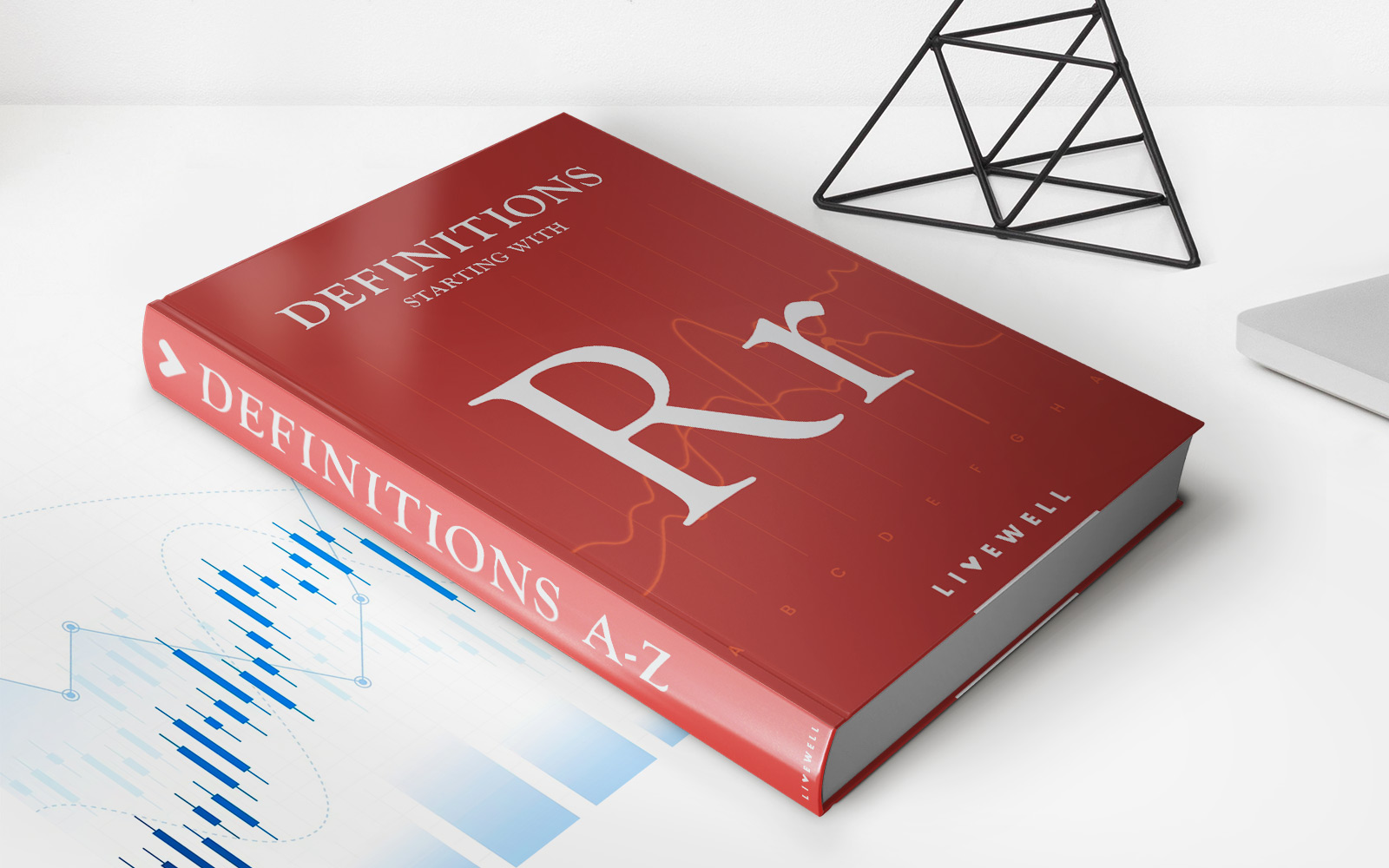Home>Finance>Liquidation Value: Definition, What’s Excluded, And Example


Finance
Liquidation Value: Definition, What’s Excluded, And Example
Published: December 19, 2023
Learn about finance liquidation value, including its definition, what's excluded from it, and an example for better understanding.
(Many of the links in this article redirect to a specific reviewed product. Your purchase of these products through affiliate links helps to generate commission for LiveWell, at no extra cost. Learn more)
Liquidation Value: Definition, What’s Excluded, and Example
When it comes to evaluating the worth of a company, one of the essential factors to consider is its liquidation value. But what exactly is liquidation value, and why is it important? In this blog post, we will explore the definition of liquidation value, what is excluded from it, and provide an example to help you understand its significance in the world of finance.
Key Takeaways:
- Liquidation value is the estimated value of a company’s assets if it were to be sold off, usually in a situation of distress or bankruptcy.
- It takes into account the value of tangible assets such as property, equipment, and inventory, but excludes intangible assets like brand value and intellectual property.
So, what exactly is liquidation value? In the simplest terms, liquidation value refers to the estimated worth of a company’s assets if it were to be sold off quickly. It is most commonly considered in situations where a company is facing financial distress, bankruptcy, or needs to raise quick cash for any reason.
When calculating the liquidation value of a company, different appraisers and analysts may take different approaches. However, typically, the liquidation value primarily includes the value of tangible assets such as real estate, buildings, machinery, equipment, and inventory. These assets are typically easier to sell quickly during times of distress.
On the other hand, the liquidation value excludes intangible assets like brand value, patents, trademarks, and intellectual property. These intangible assets may contribute significantly to a company’s overall value but are often challenging to sell quickly or realize their maximum worth in a distressed situation.
Let’s look at an example to illustrate how liquidation value works. Imagine a clothing retailer that has been struggling for some time and has decided to liquidate its assets. Upon assessment, the company’s tangible assets, including the value of its inventory, retail space, and manufacturing equipment, are estimated to be $1 million.
In this scenario, the company’s liquidation value would be $1 million. However, it’s important to note that this value does not take into account the potential value of the company’s brand, customer base, or intellectual property, as these are considered intangible assets.
Understanding a company’s liquidation value can be vital for investors, creditors, and even the company itself. For investors, knowing the liquidation value can help them assess the potential risk of their investments. Creditors may also use this value as a benchmark to evaluate their potential recovery if the company goes bankrupt. From the company’s perspective, knowing the liquidation value can provide insight into its financial health and viability.
In conclusion, liquidation value is a crucial metric used in the finance world to determine the estimated worth of a company’s assets if they were to be sold quickly. By understanding what is included and excluded from this valuation, investors, creditors, and companies themselves can make more informed decisions about their financial strategies.














